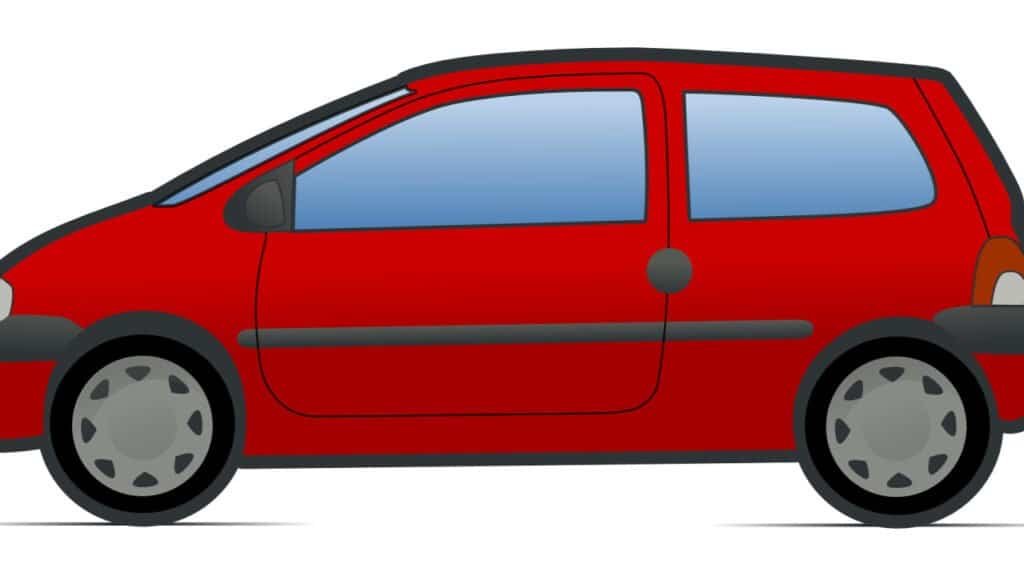Beyond “Kitna Deti Hai”: Shifting Gears from Mileage to Safety

I wrote a reflection on “small cars” recently:
Vanishing Dreams on Four Small Wheels: What Ails India’s Small Car Segment?
A reflective warning triangle placed on the road – a universal symbol of caution – reminds us that safety should always come first.
For decades, Indian car buyers had one dominant question: “Kitna deti hai?” (How much mileage does it give?). Fuel efficiency was king, defining the aspirations of the middle class.
But times are changing, and a new question is gaining prominence:
“How safe is this car?”
Safety Over Mileage: A Welcome Shift
The good news is that a safety revolution is underway in India’s automotive market. Recent reports show that many consumers are finally prioritizing safety over mileage when buying cars. 5-star safety-rated vehicles comprised 15% of all passenger car sales in Q1 2025 – up from 10% a year earlier. This surge in demand for safer cars far outpaced the overall car market growth. A nationwide survey echoes this trend: 32% of buyers now rank advanced safety as their top priority, outranking features, design, performance, and price.
These shifts would have been unthinkable a few years ago. “Kitna deti hai” might once have been the deal-maker, but today’s car buyers are increasingly asking about crash-test ratings, airbags, and ABS. Features that were once considered luxuries – like multiple airbags, anti-lock brakes, and electronic stability control – are fast becoming standard offerings. Carmakers, too, are marketing their Bharat NCAP safety scores with pride, reflecting a collective realization:
a car’s true value lies in protecting lives, not just saving fuel. Best value when saving planet too?
Beyond Flashy Features: Substance Over Style
While this safety-first mindset is growing, we still need to overcome an old habit: getting distracted by flashy looks and gadget-loaded features. It’s tempting to be wooed by a panoramic sunroof, massive touchscreens, or a car that feels as tech-packed as an aircraft cockpit. However, a good, minimalist car with robust safety is always better than a feature-rich vehicle with questionable safety. In other words,
substance should trump style.
Manufacturers are now showcasing the substance. They’re using high-tensile steel for stronger car bodies and adding meaningful safety tech like 360° cameras and driver-alert systems – not just chrome and ambient lights. As consumers, we must encourage this by valuing build quality, structural integrity, and safety features over superficial extras. (And if you’re wondering about electric vehicles – that’s another conversation entirely, with its own tech complexities!)
Road Safety: A Shared Responsibility
Safer cars are only half the battle. The other half is safe driving. India’s road network may be the second largest in the world, but it comes with a tragic distinction: we lose around 1,78,000 lives in road crashes every year. According to Union Minister Nitin Gadkari, “the biggest cause of road accidents is human behavior.” In other words, most accidents are preventable – they stem from our speeding, distracted driving, not wearing seatbelts or helmets, and flouting of rules. This is a record we are not proud of, and it’s one we have the power to change.
All stakeholders must play a part in making our roads safer. Government and regulators need to engineer better road infrastructure and strictly enforce safety laws. Automakers and dealers must continue to build safer vehicles and educate customers, selling safety before style. RTOs and licensing authorities should ensure that driver training and testing are rigorous and effective. And ultimately, we drivers must take accountability for our own behavior on the road – no car can keep us safe if we drive recklessly.
Mindset Shift: The Real Leadership Challenge
Changing a long-held mindset isn’t easy. For years, mileage and features have dominated dinner-table conversations and sales pitches. Shifting that culture to “safety-first” requires strong leadership at every level – from policy makers who mandate higher safety standards, to industry leaders who champion safer products, to community leaders and influencers who spread awareness. But this is exactly what true leadership is about:
driving mindset change.
Each of us can be a leader in this effort. We can start by setting an example – valuing safety in our purchases and practising safe driving in our daily lives. We can discuss safety ratings with the same passion we once discussed mileage. Over time, these small actions snowball into a cultural shift.
Our journey towards a safer Bharat begins with a mindset shift. It’s often said that half the battle is engineering safer cars, and “the other half is in the driver’s seat”. By embracing a safety-first attitude – in what we buy, how we drive, and what we encourage in others – we can ensure that the only thing “vanishing” on our roads is the old habits that made them unsafe. Let’s lead the way in prioritizing safety over everything else, and make our roads a place where dreams ride on four wheels securely, not precariously.
#planetpeopleprofits should apply to all manufacturing and sales processes.
#cars #automobiles LinkedInNewsIndia
